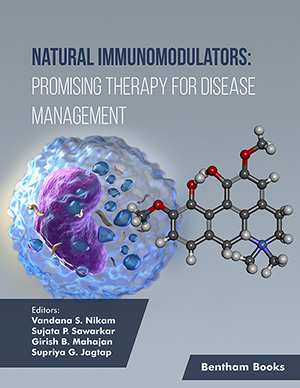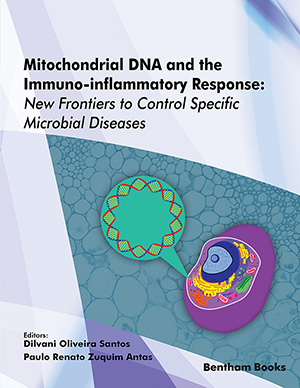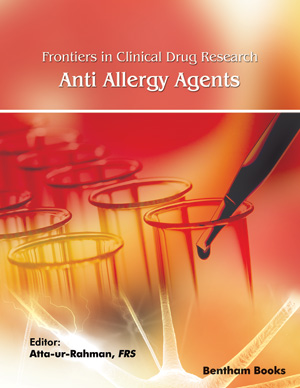
Abstract
Allergic asthma is a chronic inflammatory disease of the lung airways caused by genetic and environmental factors. Two quantifiable phenotypes of this disease are airway hyperresponsiveness and atopy. TOLL-like receptors (TLRs) are a family of intracellular and cell surface receptors that can respond to pathogen associated molecular patterns involved in the pathogenesis of asthma. Macrophages, one of the main immune cells involved in asthma, express a variety of TLRs, including TLR2, 4, 5, 6, 7, 8 and 9. This review focuses on polymorphisms found in TLR genes expressed in macrophages, and their role in asthma. Human studies have detected polymorphisms in TLR genes associated with asthma phenotypes, and studies using murine models have shown that some receptors and their agonistic or antagonistic ligands are capable of modulating the cytokine profile in asthmatics in a protective manner. Therefore, certain receptors and their ligands are being explored as potential immunotherapies for asthma. Recently, several patents have been filed protecting inventions for treating asthma through the use of TLRs and their ligands.
Keywords: TOLL-like receptors, asthma, airway hyperresponsiveness, atopy, macrophages, polymorphisms, immunotherapeutics, CD4+ T lymphocytes, PTGDR, CRTH2), ADRB2, CCR5, GPRA, Genotyping, phenotyping, IgE, GM-CSF, IL-1, IL-13, Immune System, OVA, BALF, Polymorphism, TLR2, TLR4, CD14, TLR6, TLR7, TLR8, TLR9, lipoprotein I, Pseudomonas aeruginosa, LPS, MyD88, viral DNA, bacterial DNA, TSLP, RNAi, Muteins, IFN-, IL-10
 35
35



















